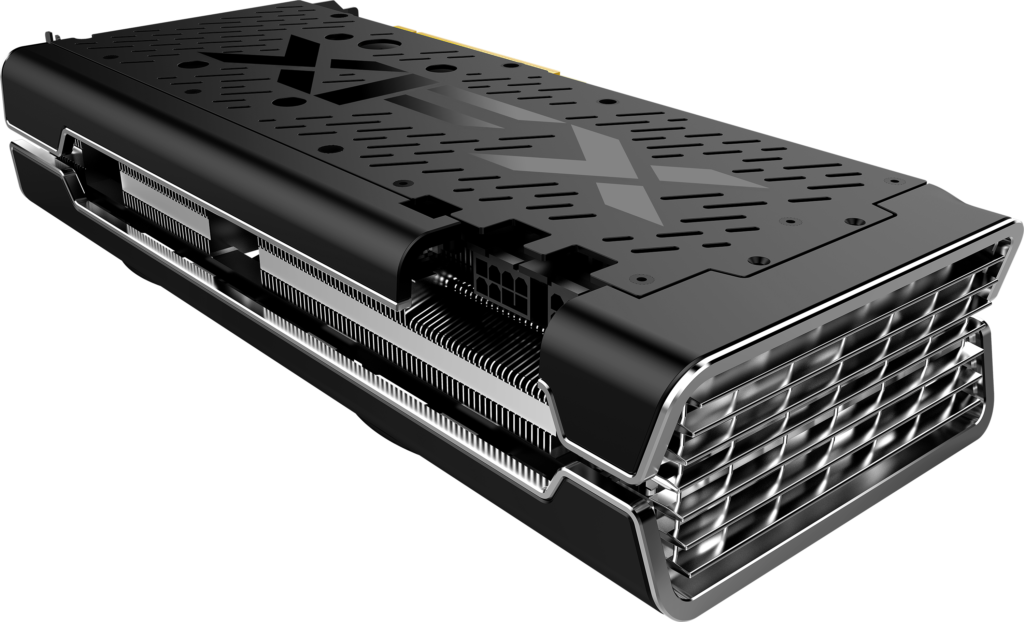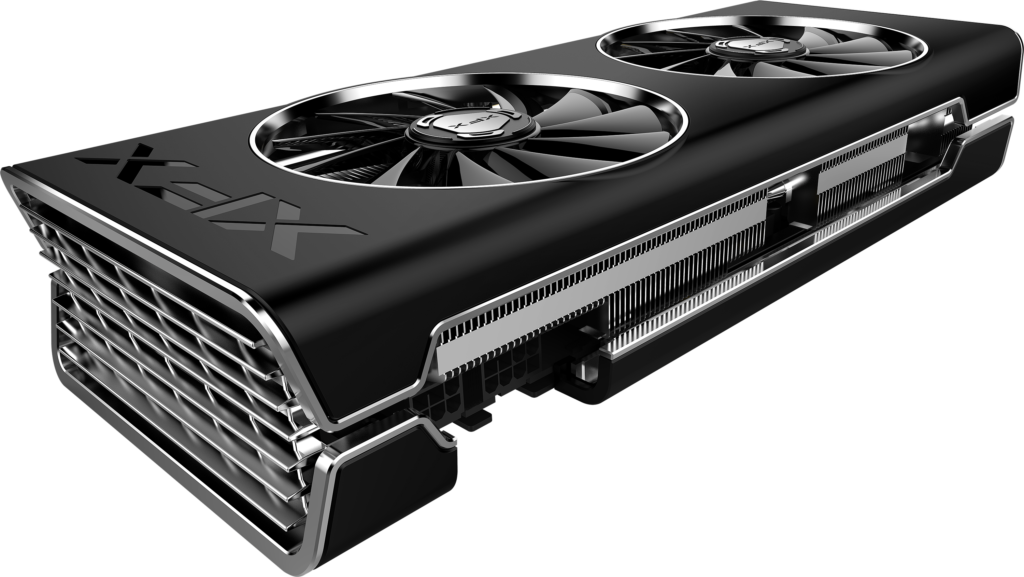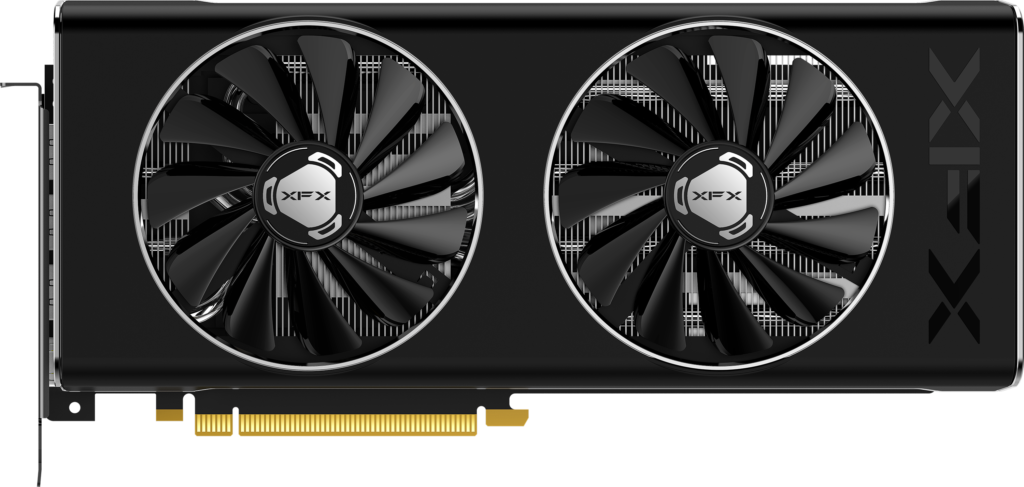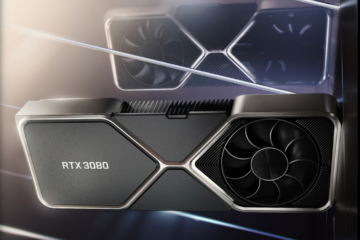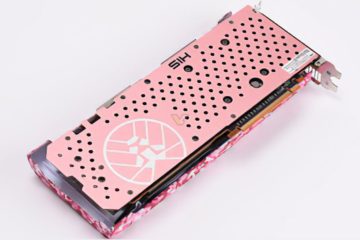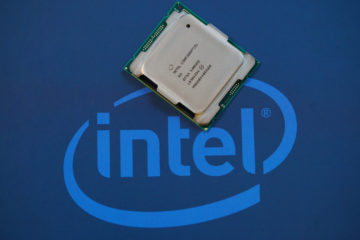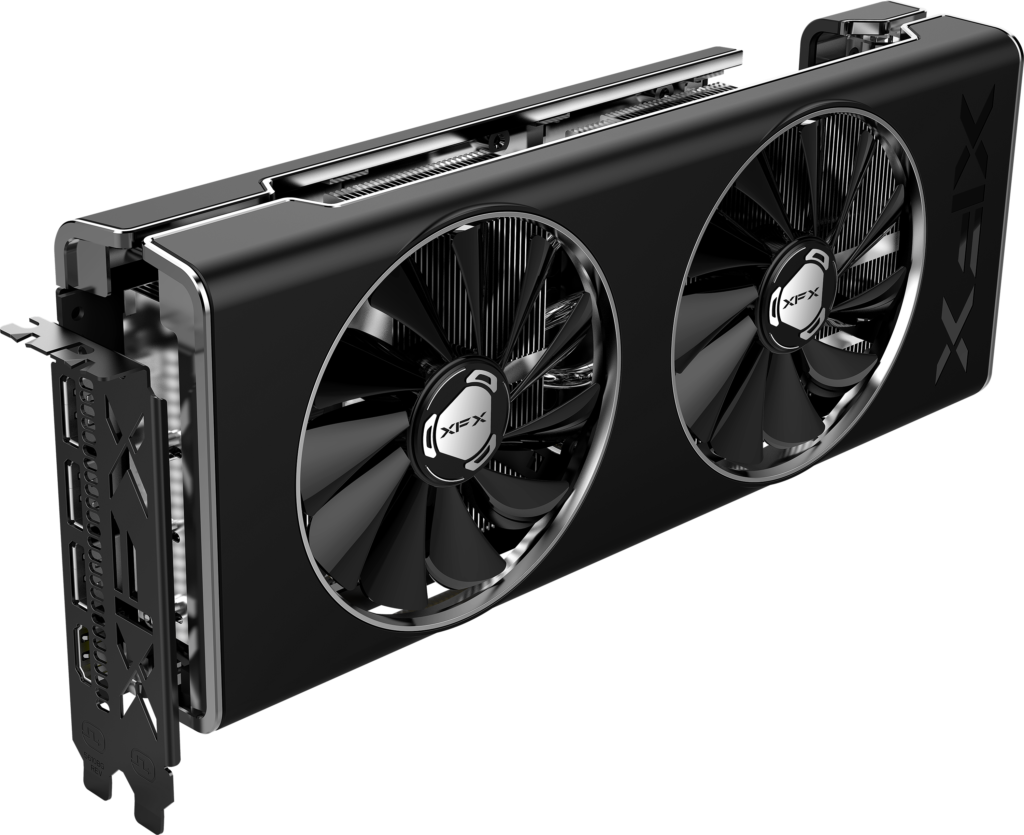
XFX goes back in time. Do you remember the XFX Double Dissipation Radeon R9 290X? Back in 2014 the unique rounded casing made it a distinctive card even including an illuminated XFX logo once the system was turned on. Yes my friends, only 5 years ago, but back then lighting on hardware components was not such a big deal as it is today.
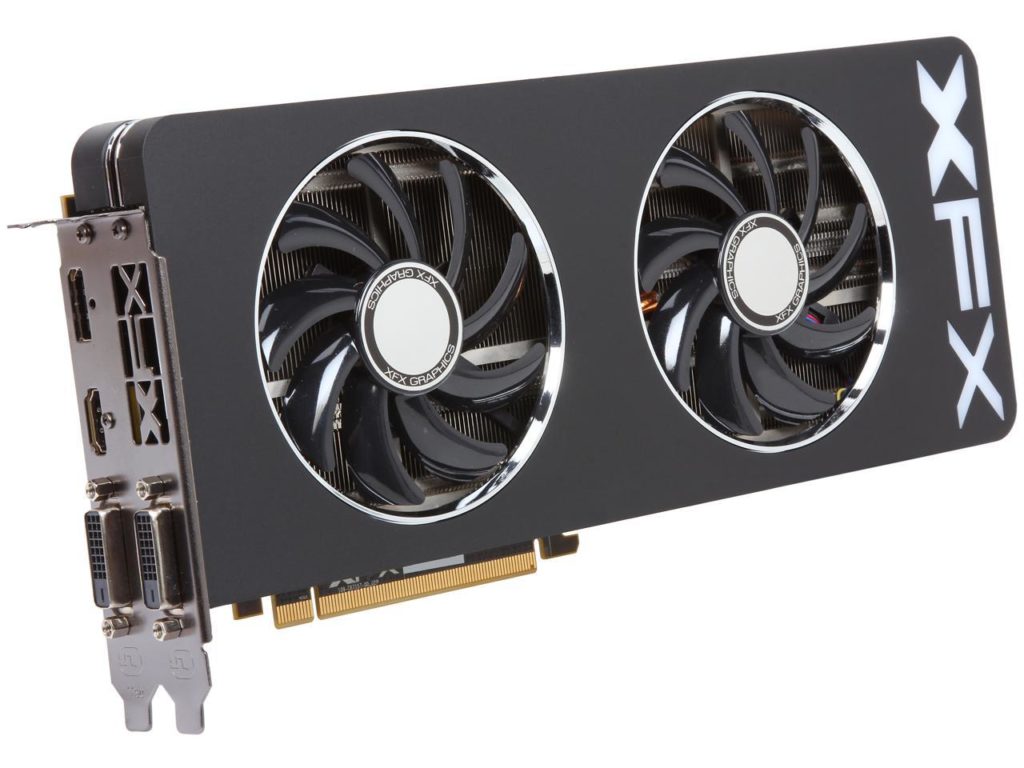
Now let’s head back to 2019. 🙂 XFX has officially introduced the 5700XT THICC II based on the new AMD Matisse 5700XT RDNA architecture. The XFX Thicc II features an 8+6 pin power connector and a 1705/1905mhz base/boost clock with 8000mhz GDDR6 memory speeds. The board layout is custom, but an identical VRM to the reference model with 7 phases. Don’t understand us wrong, this is in no way bad, but there are better VRM’s as for example on the Asus 5700XT Strix.
Yes, XFX has included the same specs but as every self respected board partner they changed the cooling solution into a beefy 2.5 slot one. On their website XFX mentions a 90% increase in cooling surface compared to Reference and includes two 100mm fans to remove all the heat.
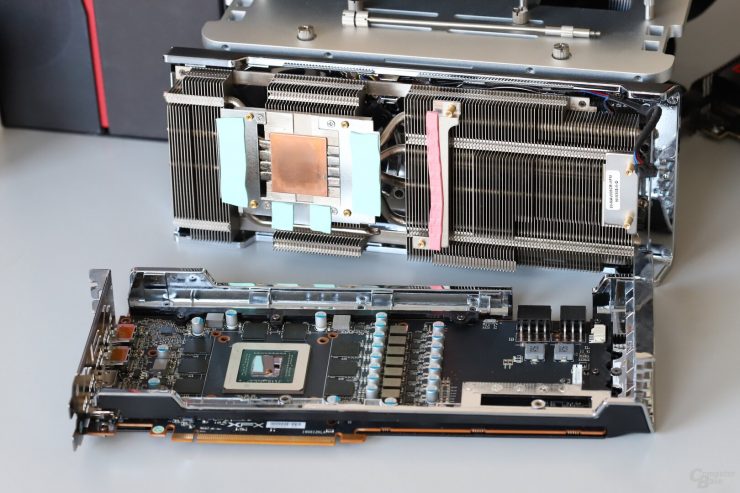
Despite the larger cooling solution, TODO Tech 2.0 mentions the memory modules reach 98 Degrees Celcius, whilst the core only reaches 74 Degrees Celcius. This makes us wonder…. Does this card suffer from the same bad GDDR6 memory contact as the MSI 5700XT EVOKE OC?
UPDATE 09-09-2019. In the meantime more reviews have been published mentioning nothing about overheating, performance is a still a ? Maybe TODO Tech 2.0 has an early retail sample, in short, there might be something wrong with their measuring or GPU. Links to other review here via Guru3D,
Looking at the clockspeeds which TODO Tech 2.0 included we can safely say (when their tests are performed correctly), the XFX boost numbers are not as high as the competitors and even lower than the Reference card. We included the table below for you to stare at. Again this proves, always test your GPU speeds in games and benchmarks because set clockspeed in AMD Master or MSI Afterburner is something else than the actual clockspeed while playing a game or running a benchmark.
| Resolution (2,560 × 1,440o) | AMD RX 5700 XT Reference | Asus RX 5700 XT Strix OC | Sapphire RX 5700 XT | XFX RX 5700 XT THICC2 |
| Maximum frequency in games | ~ 1,906 MHz | ~ 2,020 MHz | ~ 1,993 MHz | ~ 2,023 MHz |
| 1800 year | 1,841–1,860 MHz | 1,973–1,998 MHz | 1,863–1,895 MHz | 1,807–1,834 MHz |
| Battlefield V | 1,774–1,811 MHz | 1,940–1,968 MHz | 1,785–1,805 MHz | 1,757–1,792 MHz |
| Hitman 2 | 1,830–1,893 MHz | 1,989-2,014 MHz | 1,855–1,917 MHz | 1,787–1,847 MHz |
| Metro: Exodus | 1,708–1,777 MHz | 1,842–1,909 MHz | 1,740–1,790 MHz | 1,662–1,741 MHz |
| Shadow of the Tomb Raider | 1,799–1,853 MHz | 1,979–2,014 MHz | 1,848–1,907 MHz | 1,786–1,841 MHz |
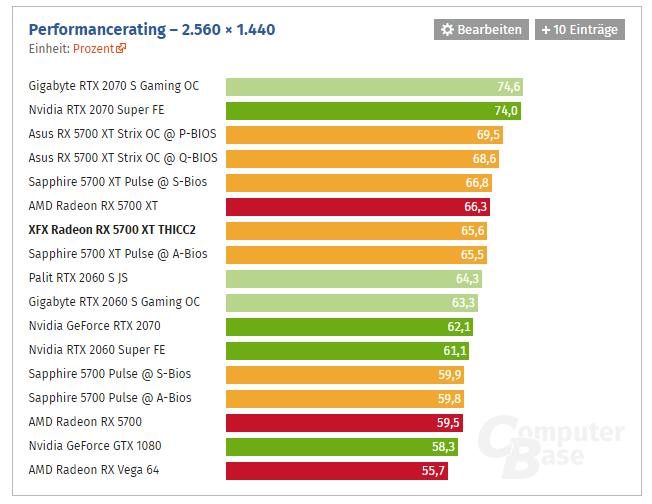
We have to wait for more reviews of the XFX 5700XT Thicc II to draw a definitive conclusion on the memory issue and speeds. One thing is sure, the rounded shape is back and that thing would looks fantastic in a new build we are planning. Pricing of the card is on the high end at the moment @ € 499,00. Tell us what you think of this card in the comments. Would you choose form over speed in this case?
